If we think about the increase in population (post 1) and the effect of human activities on global warming (posts 2, 3 and 4)), it seems like we have surpassed any chances of sustainability.
We really need to start regenerating! So, what can we do? Walk, ride a bike or take public transport, turn off the lights and unplug electronic equipment we are not using, use LED lights, don’t overheat or over cool, take shorter showers, reevaluate, reconceptualize, restructure, redistribute, relocate, reduce, reuse, recycle and, regarding food: pay attention to what we buy, from who we buy, at what price, buy local, seasonal and only what we are going to eat. Also and very important, let’s support the work of farmers producing with agroecological=permacultural=organic practices (taking care of the ecosystem: soil (post 5), water and biodiversity) and politicians willing to take actions in their favor, in favor of humanity!
What else can we do? Start a garden!
Luckily, we don’t need an actual garden. In the cities, we can do it in a terrace, balcony or even outside the window. Also, we could get together with our family or community and use common areas such as terraces, patios, and rooftops.
When soil is unavailable, plastic lined wooden crates, costume made tables, pods or any recipient can be filled with garden soil or a “substrate” made from local materials (e.g. compost made with vegetable peels, coffee and tea). And if substrates are unavailable, plants can be even grown on water enriched with a soluble fertilizer.1
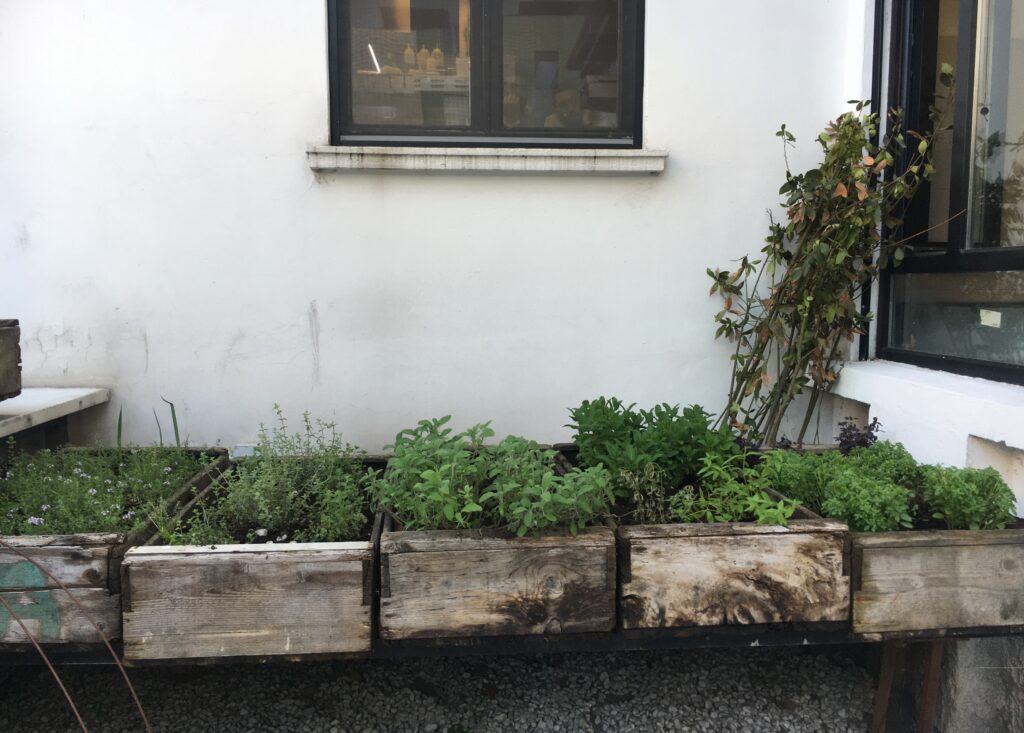
In industrialized countries, startups have even created fully atomized and conditions controlled vertical farms.
Many cities around the world are doing urban gardening, also known as urban farming or urban agriculture!
Have a look at the amazing work done by the Green Bronx Machine with school students in one of the poorest and unsafe neighborhoods in New York city and not only there! This is very inspiring!
Urban agriculture
Urban agriculture is an industry growing, raising, processing and distributing a diversity of agricultural products from plants and animals, using human, land and water resources, products, and services found in and around the urban area (village, town, city or metropolis). The scale of such practices may vary form subsistence-oriented cultivation, recreational type of agriculture, small-scale, semi-commercial gardeners and livestock keepers, to medium and large-scale commercial enterprises.2
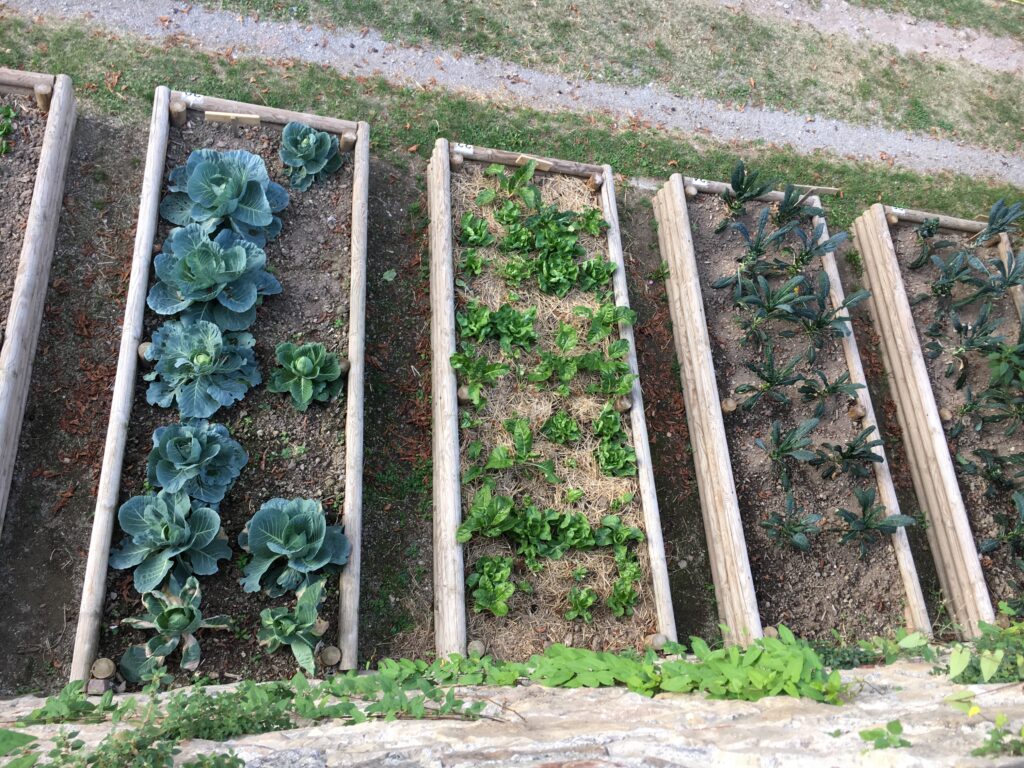
This form of farming integrates horticulture production techniques with environmentally friendly technologies suited to cities, such as rainwater harvesting and household waste management1 (except for the fully automated vertical farms that have a higher energy consumption due to the use of artificial light).
The following figure shows general information about urban growth and farmers:
As we can see in the figure, urban areas are growing (and will grow more in the future) demanding jobs, land, water, and food. For this reason it is important to consider the multiple benefits that urban agriculture offers:2
There is even an award given by the Milan Urban Food Policy Pact, acknowledging the innovation and economic and political efforts of cities in developing sustainable food systems and promoting health diets.
Urban agriculture plays an important role in building resilient cities!
But what is resilience? According to FAO (Food and Agriculture Organization of the United Nations) “resilience is the ability of people, communities or systems that are confronted by disasters or crises to withstand damage and to recover rapidly.”3
Urban agriculture encourages agricultural practices in urban areas to build cities that are resilient, green, inclusive, and sustainable.2 Additionally, urban gardens can be highly productive. FAO studies show that a 1 square meter (m2) garden can produce any one of the following products: ca. 200 tomatoes a year, 36 heads of lettuce every 60 days, 10 cabbages every 90 days or 100 onions every 120 days.1
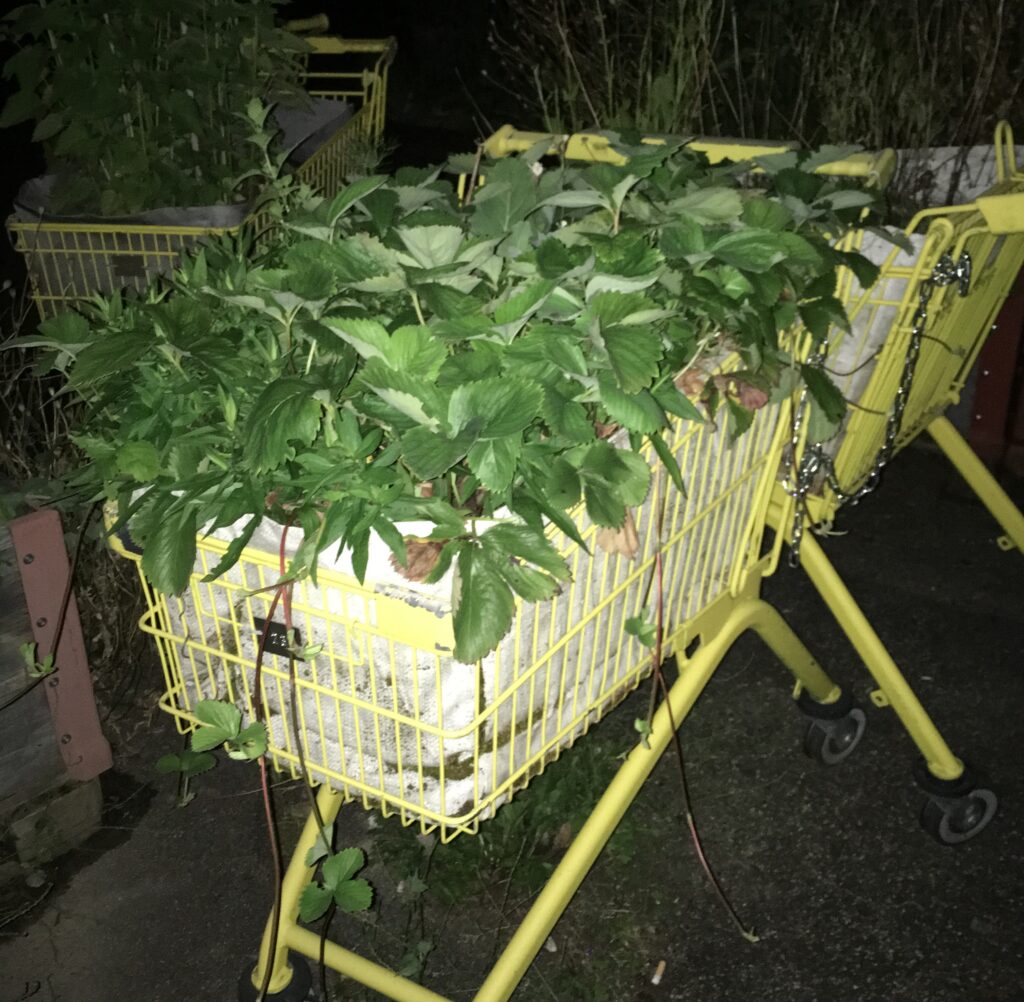
Across the world, cities in both developing and industrialized countries are including urban agriculture and forestry in their climate change strategies and actions plans. For example:2
– in Toronto, Canada, financial support to community based agriculture projects is giving for the formation of community orchards and gardens, home gardens; promotion of composting of organic waste and rainwater harvesting; supporting farmer’ markets and preferential procurement of food;
– in Durban, South Africa, it is being implemented the promotion of productive green roofs for stormwater management, biodiversity and food production (testing the replacement of crops for maize to adapt to lower rainfall) and community reforestation and management;
– in Callao, Peru, urban agriculture is being included in municipal development plans and special municipal structures are being set up. Additionally, municipal budget is allocated to urban agriculture.
I hope now we all agree that urban agriculture is a fantastic practice offering many benefits to city inhabitants. And that by doing city gardens/farms, we can actively help mitigating climate change while profiting from fresh food.
In post 5 we saw the benefits of using agroecology for growing our food.
Let’s keep in mind that the type of urban agriculture is highly dependent on the location and the agricultural method use for planting. For example, the farming performed in the household space (on-plot) is often destined for subsistence while the one performed using publicly available or private open space in the city (off-plot) can be intended to commercial farming.2
Importantly, all biological methods (e.g. biodynamic, biointensive) aim to have and maintain a healthy and fertile soil where strong and healthy plants grow respecting all living organisms within the ecosystem.4 Which means, that there are many ways of doing our garden, we just have to take care of the soil and respect all life forms.
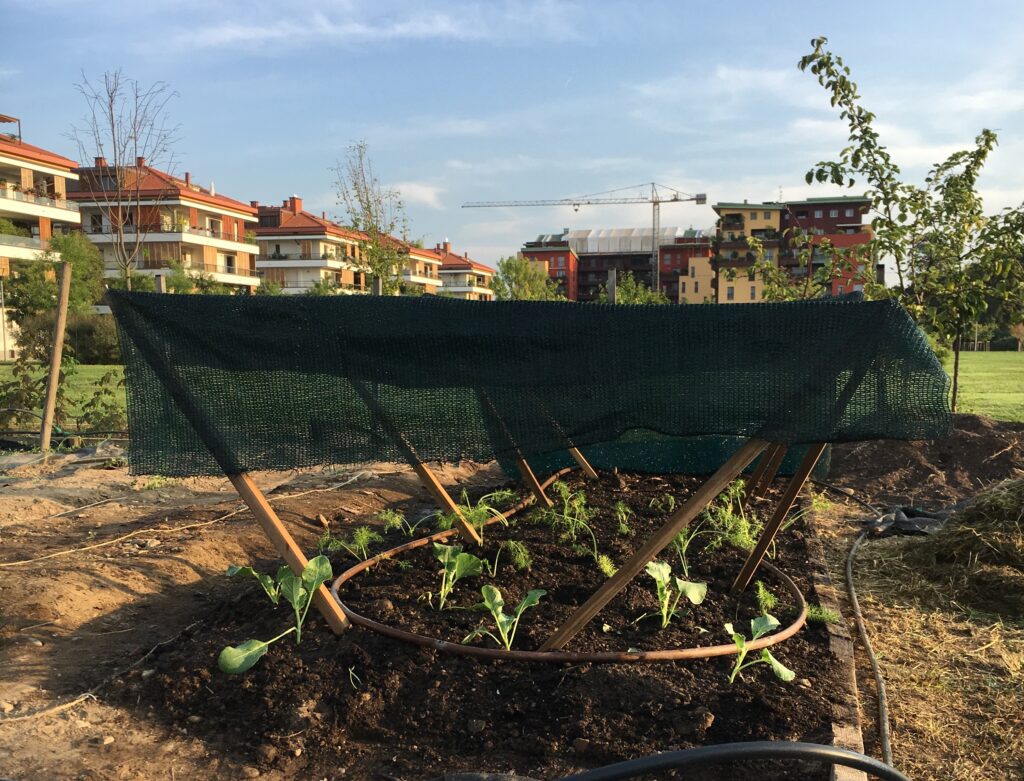
Let’s remember that within a healthy ecosystem co-exists animals, plants, fungi, algae and bacteria and therefore, a balance between all these living forms is the key for sustainability (sustainable = lasting for a long time).
So, the long term success of our biological garden will depend on achieving an equilibrium within our ecosystem (field, garden or balcony).
We will need time and patience to understand what is going on, the right association, nutrients and water requirements, composting, rotations, etc. But once we manage, it will be for sure very rewarding so let’s start experimenting!!! Let’s have fun learning from nature!!!
But, where do we start?
In practice, to start we need healthy soil (post 5), seeds and clean water but before, we need a plan based on our space and needs.
1.Select the Space and Design a Project
Plants need light for growing, so if possible, place the garden in a sunny and lighted place, close to a source of water and away from sources of contamination (such as building structures painted with lead).
And if you cannot chose, select the place you have available. I will plant in a community park and in my balcony, and you?
After selecting the right spot design a project based on you preferences and needs. What do you eat, which plants might favor your ecosystem, which are annual, etc.
Keep in mind that you can be creative using already available containers and most importantly, you can start slowly, with one plant in a small pot or, plant many and learn from their interactions trying to grow part of your food. Maybe you are lucky and can grow directly in the soil! So many variable, how exiting!
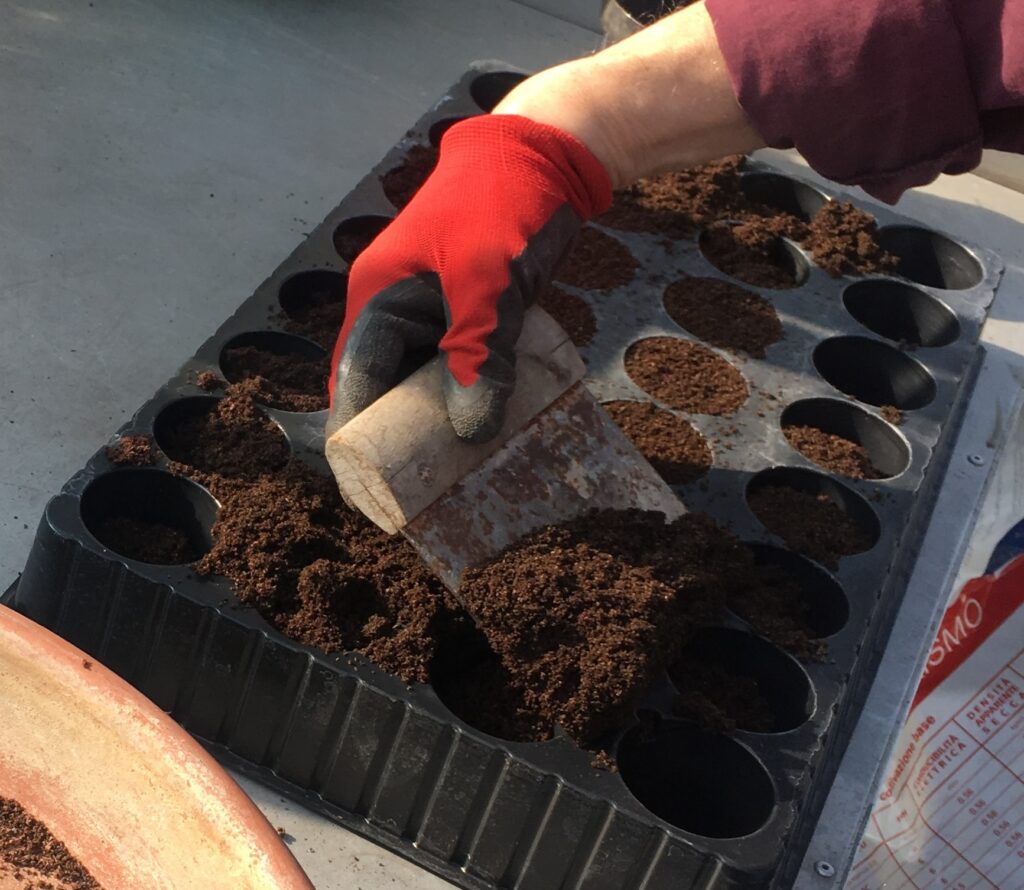
Inform yourself about the time for planting, the water requirements, which plants are good neighbors, the light they need to grow, etc.
Remember that plants are living organisms and if not in nature (specially in direct contact with the land), they need you to take care of them!
2.What to Plant and When
As already mention, the selection of which plants to grow and when depends on our own eating preference, the plant itself, where you live and the season of the year.
In four season countries the calendar defines the seeding time. In spring, crops producing in summer are seeded (e.g. tomato, potato) while in autumn, winter crops (e.g. cabbage, broccoli) are planted. Experience farmers considered that the optimal cropping time is between the last and the first light frost in spring and autumn, respectively.5
In tropical regions, best time for seeding is not so evident and will depend on rain season and other environmental factors.5
We can get the information about cropping seasons at the local Ministry of Agriculture, from local farmers and/or in online networks. Also, seeding and harvest times are usually indicated in seed packages. In cities, small plants to be transplanted can be usually acquired during the planting periods.
Also, if the weather is favorable (cropping seasons longer than 6 months), it is possible to cultivate some vegetables more than one time within the season.5
Interestingly, some people also looks at the phase of the moon to select the best time for planting. It is known to influence crop productivity and it for sure influence water levels inside the plant.
As we mention there are different biological methods of growing food following agroecological principles.
3. Seeds
When talking about seeds, now days, there is a big debate regarding genetically modified seeds (genetically modified organisms or GMO).
According to the World Health Organization (WHO), GMO are organisms (plants, animals or microorganisms) in which the genetic material (DNA) has been altered in a way that does not occur naturally. The food produce with GM seeds or GM food is developed because there is some perceived advantage either to the producer or consumer such as lower price, greater benefit (in terms of durability or nutritional value) or both.6
A large proportion of the world’s farmers are disillusioned with GM crops and object to their production. They perceive more environmental damage that conventional agriculture and harmful human health impacts of GM crops and the chemicals used with them.7
Also, there are implications for the rights of farmers to own their crops due to the existence of intellectual property rights of GM seeds.7
Interestingly, humans have modified seeds since ancient times by crossing species and selecting resistant varieties or flavor/color appealing crops. This man modified natural process takes longer time to be produce than GMO and involves nature in the adaptation processes.
We will talk in more in detail about seeds and GM seeds in a future post, keep tuned!
Seeds can be planted directly on the soil or planted in small trays and only when plants have germinated and grown a bit, they are transplanted into the garden or final pots.
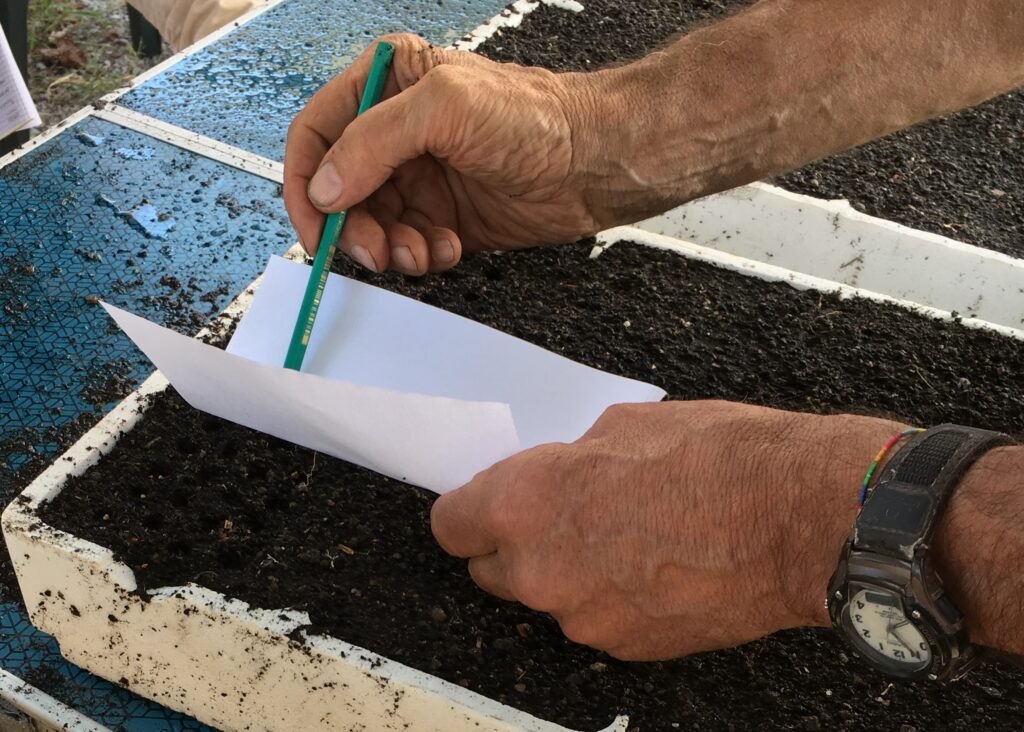
Once plants have established themselves, in order to help conserve moisture, mulch (layer of material (straw, shredded leaves, dried grass, etc.)) applied to the soil surface) is recommended.
If possible, select GMO free seeds that are open pollinated, biodiverse and local varieties, maybe antic crops.
The second year of cropping and depending on the amount of plants, it is possible to collect and keep our own seeds! If you are interested on this, check out the manual of Peter Dobelan (Spanish version available online) that give a very nice explanation and cite different sources for consultation.8
Here, we can find a some biointensive growers that can help us to get good seeds for “true food” in different countries.
4.The space and the seeds
The selection of the seeds depends on the space you have available for their growth. In literature, there is a lot of information about how many plants can be seeded in a square meter (m2) or a square foot. For example, in 0.5 m2 space, it is recommended to sow 1 plant of tomato.
In the biointensive method however, that uses a greater soil depth (60 cm), allows to optimize the space placing “good neighbor plants” very close together to create a living mulch and at the same time optimizes the use of land, water and work, producing high yields of food.5
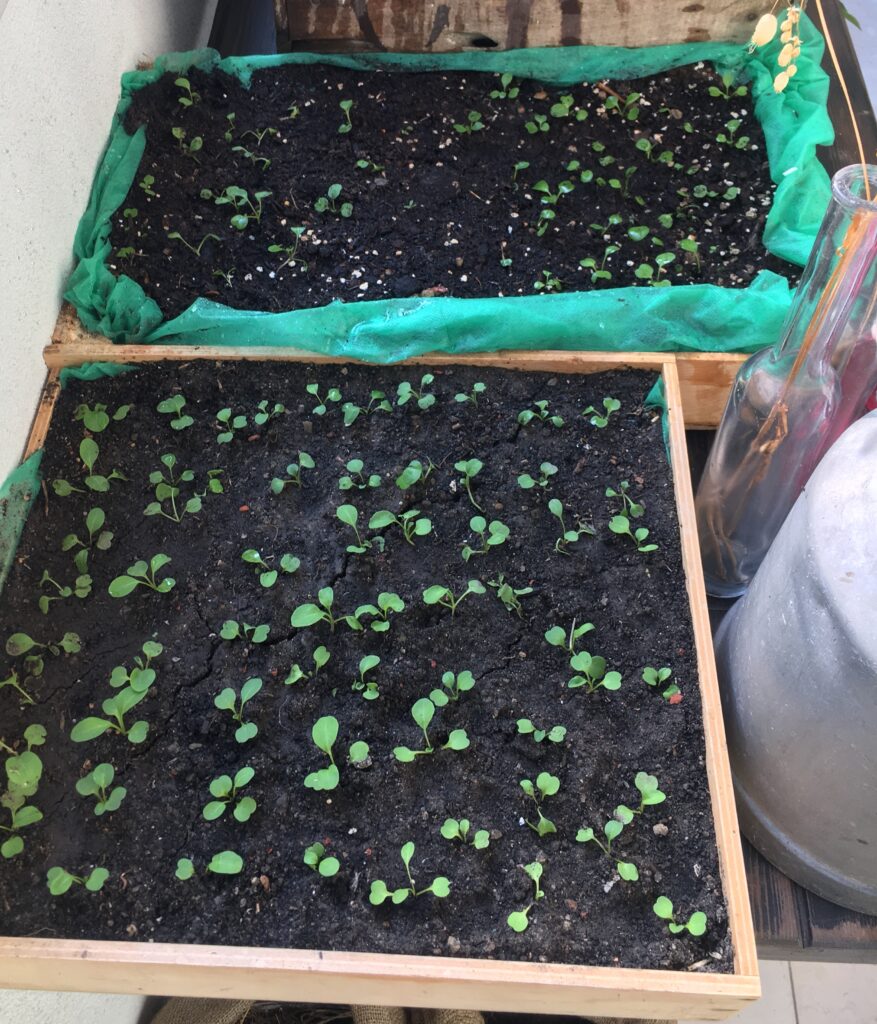
Interestingly, plants as human get along well with some plants and not with others. When you are planting it is very important to consider which plants are good neighbors and which plants are bad neighbors, and the requirement of nutrients to feed the soil accordingly.
To build a strong and healthy garden it is mandatory to keep a healthy ecosystem around it. A local healthy ecosystem, like in nature with forest, local bushes and plants with flowers, will welcome beneficial insects that will fight against harmful once. In our urban ecosystem, to accomplish this, we will plant perennial plants such as Borage and Ortica (that we can also eat) together with poppy flowers and margaritas that can be found in the surrounding parks.
5.Nourishing and protect the Soil (Composting and mulching)
As we mention in post 5, the most important part of a healthy garden is to have healthy soil. The soil provide all nutrients require for plants growth and is the home of an immense variety of microorganisms.
Composting is the natural process of rotting in which microorganisms recycle organic material (e.g. leaves, leftovers from the kitchen) and transform them into humus (high carbon containing organic matter that plants uptake to live).9
This process can take place in the presence (aerobic) or absence (anaerobic) of oxygen. However, aerobic composting (in presence of air which contains ca. 21% oxygen) is faster and more used.9
Aerobic composting requires air, moisture, microorganisms, nutrients, soil, organic matter and temperature to obtain humus. Under the right conditions, a certain type of microorganisms start to grow and proliferate raising the temperature from 20 to 45°C, initiating decomposition of organic matter. At this temperature, a second type of heat active microorganisms start multiplying increasing even more the temperature (60-70°C) which favors the killing of pathogens and seed weeds. Then temperature will start dropping allowing the activation of other organism such fungi that will continue the decomposing process until the formation of humus (2-4 months for young compost up to a year to obtain a mature one).9

The idea is to become more sustainable and take the unused part of our food to return organic matter (carbon) and nutrients back to the soil. Isn’t it great!
It is also very important to protect the soil. You probably noticed that fertile soils are always covered by vegetation (either leaves or other plants) in association with many living organisms. This protection known as mulching, has multiples advantages for the ecosystem (generates a microclima that keeps moist, heat and allows aeration, provides nutrients to the microorganisms, protects the soil from rain and wind and generates uniform conditions for growing) and for the farmer (less tillage as the soil is softer, less weeding as consequence of suffocation, less watering as humidity is kept and less use of fertilizers thanks to the mulching decomposing).4
Following the principals of organic agriculture there are 3 ways to mulch: using rest materials (such as hay, leaves, grass); applying superficial composting (immature compost (e.g. peat) on the surface protected by leaves or grass) and; the coverage with living plants (the more natural way of protection).4
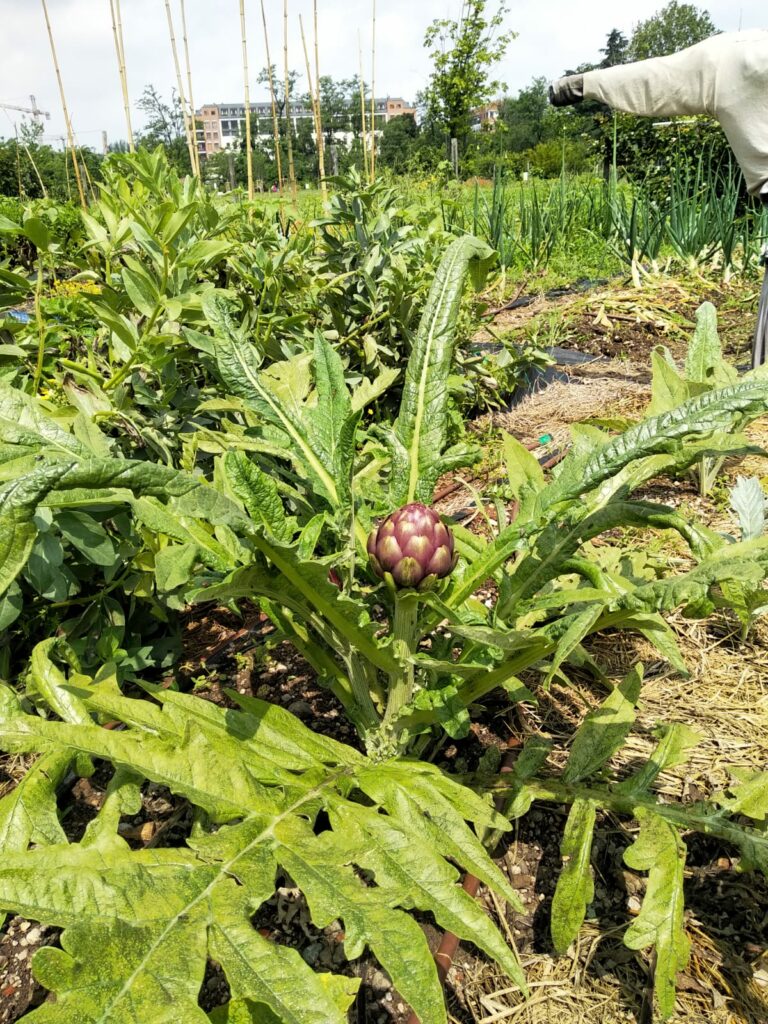
Let’s protect and build a healthy soil and make our garden reflect natures biodiversity.5
6.Water
Water is a precious natural resource. Without water there is no life! However, this vital resource is not well distributed in the planet. Water scarce in many parts of the world. In fact, “ensuring access to clean water and sanitation for all” (sustainable development goal number 6 (SDG6)) is one of the 17 goals that the world aims to achieve by 2030.10
Plants require a lot of water to produce food!
In cites rich in water resources, an obvious solution is to use municipal water. However, this is not a sustainable or economical alternative. The amount of energy use to treat water for human consumption is high and this level of purity is not needed for agriculture.
Well, according to FAO, 1 m2 garden requires 1000 liters (L) of clean water a year (less than 3 L per day). To ensure a regular water supply, micro-gardeners can store and channel rainwater via a system of gutters and pipes. Rainwater is virtually free (after the investment in harvesting equipment) and usually of good quality. From a roof of 20 m2, growers can collect 2 000 L of water for every 100 mm of rainfall, enough for the year-round cultivation of a micro-garden of 2 m2.1
Let’s keep in mind that the amount of water needed will depend of course on your weather conditions.
We will talk in detail about water and other great initiatives/people that use this vital resource in an intelligent way, so keep tune!
7. Maintain a healthy ecosystem
As mention before, to create a healthy soil (post 5) and therefore, healthy gardens and nutritious food, we need to take care of the ecosystem.
In cities, this can be challenging. However, we can ask our governments for more parks and to plant local trees, bushes and flowers in urban areas. Also, let’s vote for politicians that propose and support green projects and initiatives.
Inside our gardens, we can do our share! Let’s cultivate local perennial species that will support conserving the native ecosystem and our food garden.
Perennial species (crops, forages, shrubs and trees) are those able to regrow and continue to produce grains, seeds, fruits and biomass after a single harvest. In fact, perennial systems could transform agriculture for smallholders and family farmers because perennial crops (grains, oil seeds and legumes), are more flexible and resilient to climate.11
Rosemary, oregano, nettle and salvia are examples of perennial plants that we can grow in our balcony. Most, don’t require extensive care and can be used for flavoring our food!
Depending on where we live, we could to do more for conserving our ecosystem. For example, bats help to control mosquitoes (in Italy people place bat houses in tall trees so they can also live inside the cities). Isn’t it cool!
Keeping gardens productive should be “relatively” simple. Depending on what we crop, we can fertilized regularly at low cost if using the compost produced from household organic waste. Pests are controlled by non-chemical means, intercropping aromatic herbs that naturally repel insects, such as basil, parsley and mint and if necessaire we can use additional controls such as colored sticky traps and insect proof nets.1
Building gardens in cities can help achieving SDG11 (make cities inclusive, safe, resilient and sustainable) and SDG13 (take urgent action to combat climate change and its impacts)10 and at the same time provides us with true food.
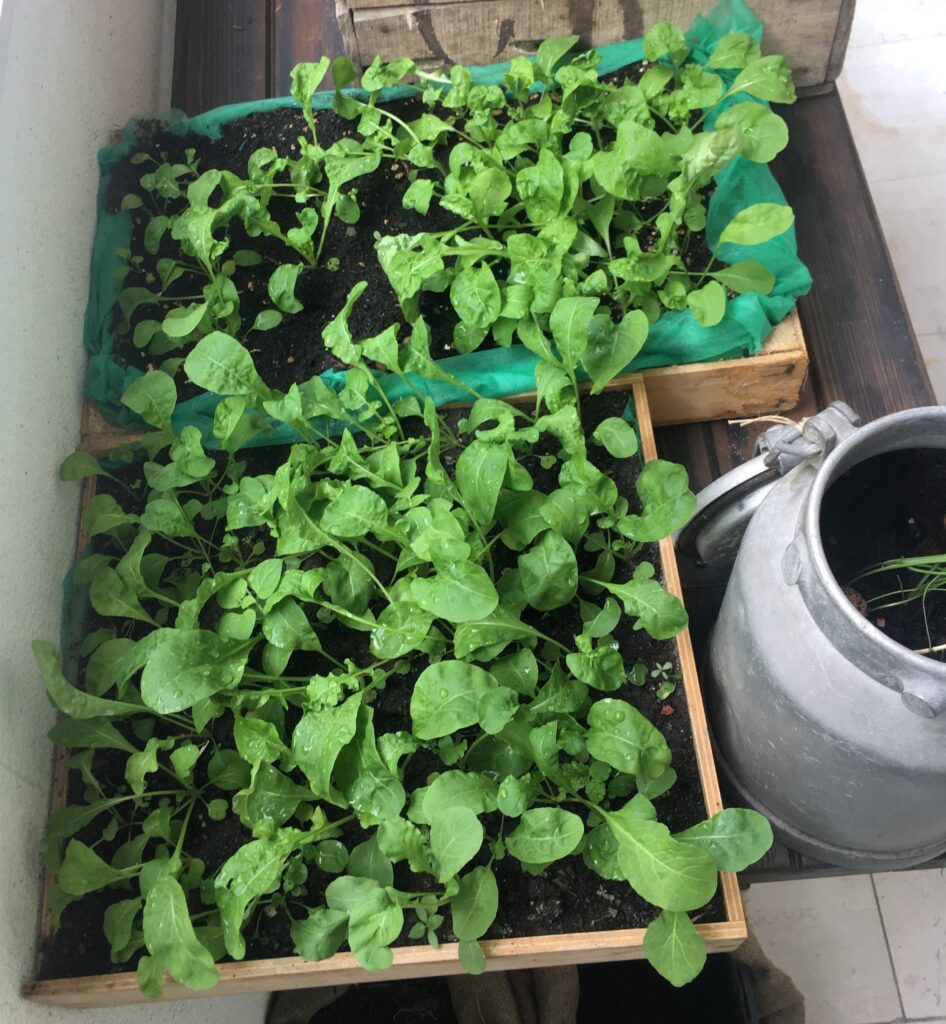
In addition, cities can trigger a circular economy model for food, since they can source food grown in a regenerative and local way (where appropriate), rethink food waste by reducing avoidable waste and project the transformation of this waste into new products that generate new sources of economy and; design and market healthier food products, helping consumers to reorient their preferences and habits to support regenerative food systems (healthy, sustainable diets with greater biodiversity).12
Let’s all be part of the solution and plant a garden today!!
By M. S. Gachet
REFERENCES:
1 FAO. Urban and Peri-urban Horticulture.
2 The World Bank, 2013. Urban Agriculture. Findings from Four City Case Studies. Urban development series.
3 FAO. Resilience.
4 Kreuter, Marie-Luise. Orto e Giardino Biologico (2003)
5 Jeavons, J. and Cox. C. El Huerto Sustentable: Cómo obtener suelos saludables productos sanos y abundantes (2017)
6 WHO. Food Safety. Frequently asked questions on genetically modified foods.
7 FAO. Genetically Modified Crops: Seeds of Hope or Deception?
8 Peter Donelan. Cultivo de Semillas (2009).
9 FAO. Composting process and techniques.
10 UN. Sustainable Development Goals.
11 FAO. Perennial Agriculture: Landscape Resilience for the Future.
12 Ellen Macarthur Foundation, 2019: Cities and Circular Economy for Food.

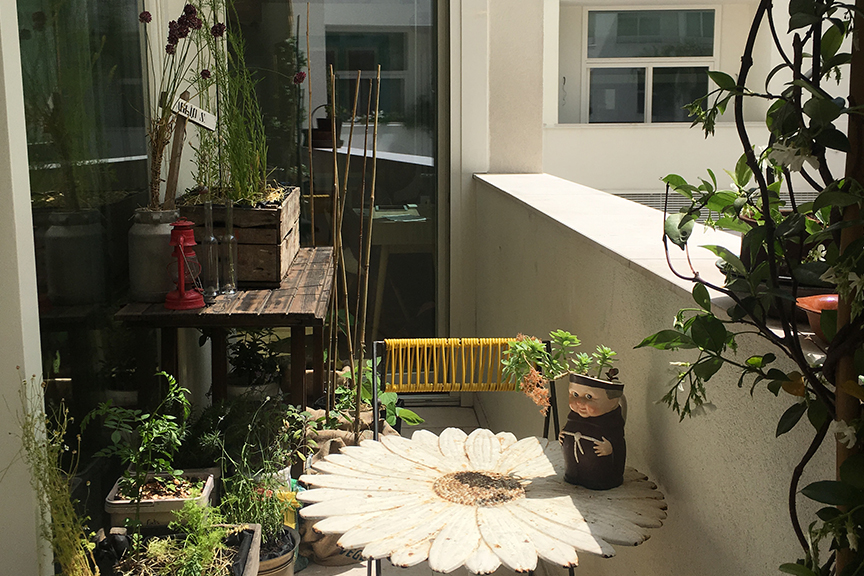

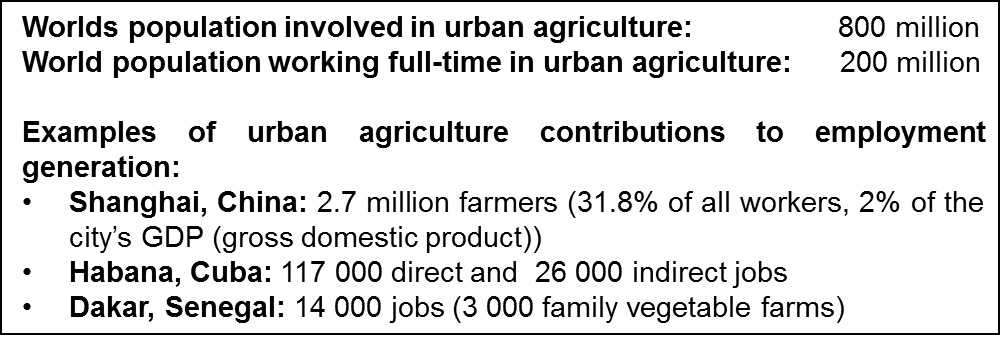
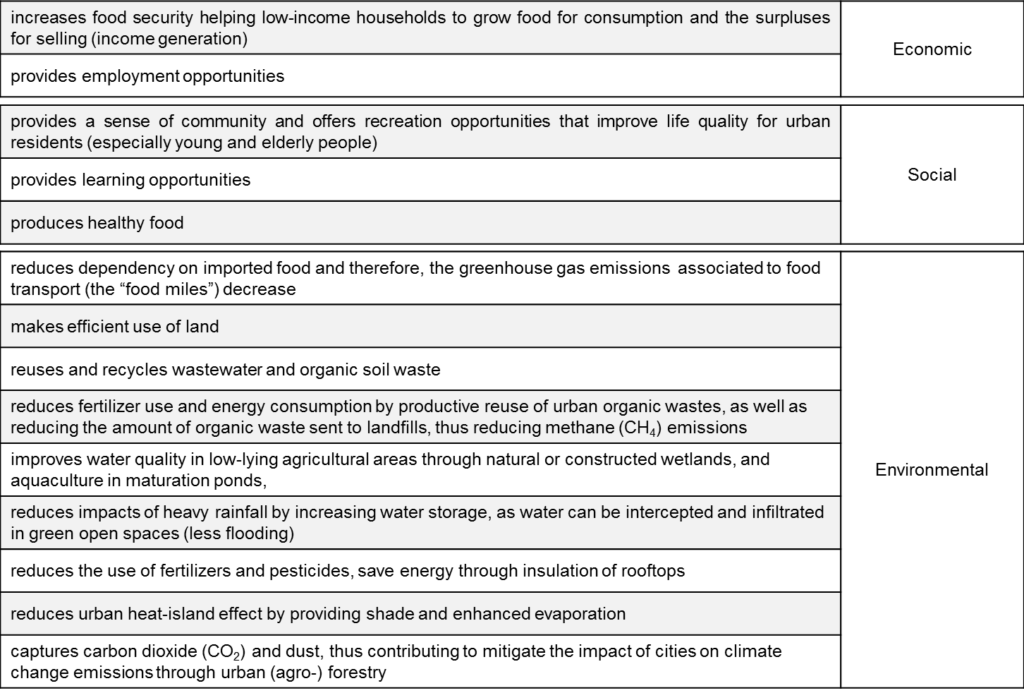
Hello! Do you use Twitter? I’d like to follow you if that would be okay. I’m absolutely enjoying your blog and look forward to new updates.
Hello and thanks for the comment. We do not have Twitter yet, but we hope to start working with social networks soon.
Hello, if you are interested in receiving our latest publications we invite you to subscribe to our newsletter (white envelope followed by the word SUBSCRIBE in the upper right corner of our website) 🙂